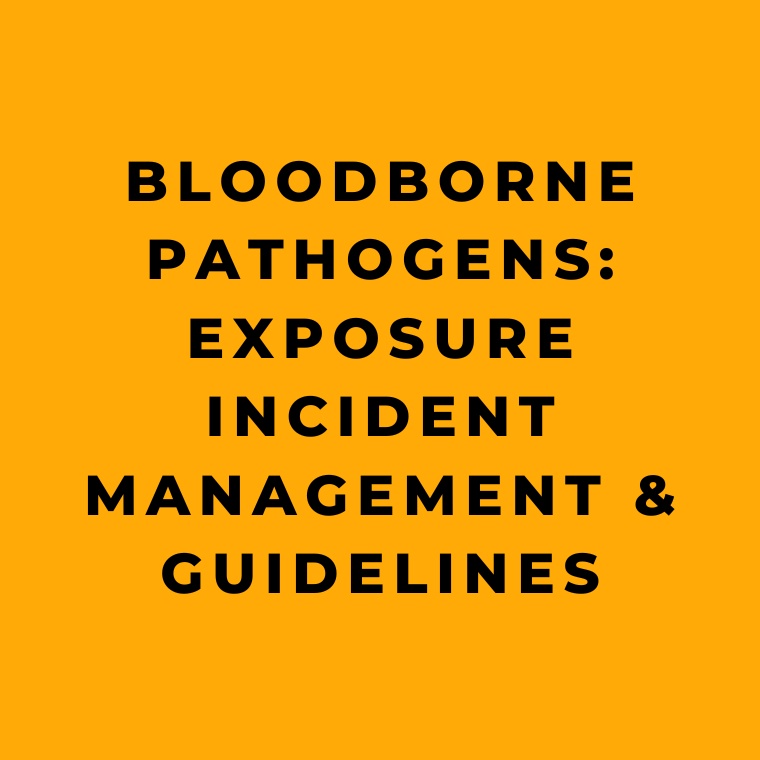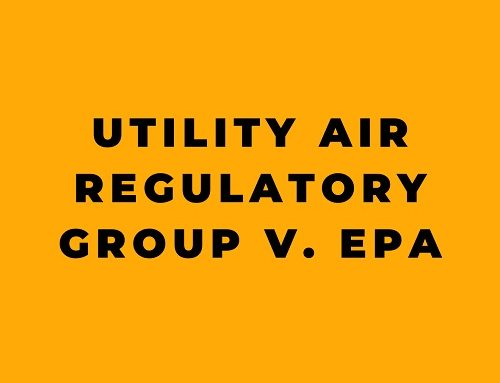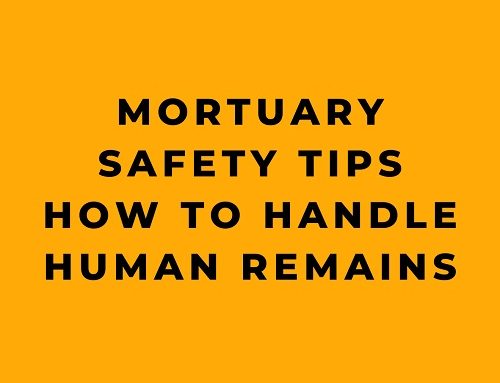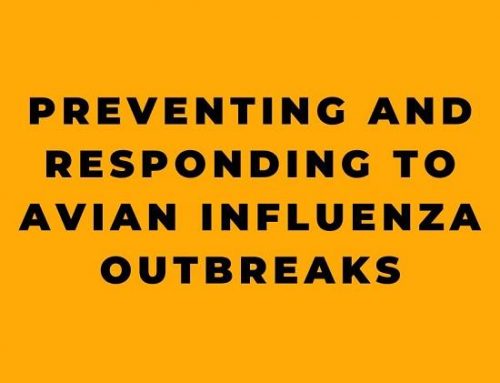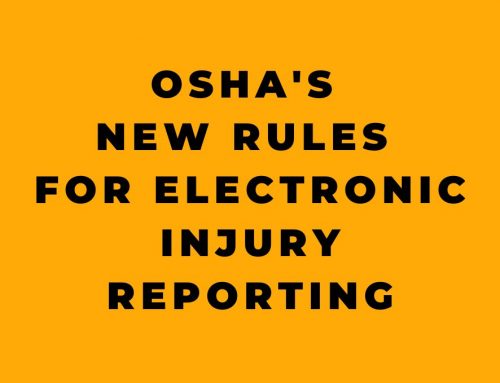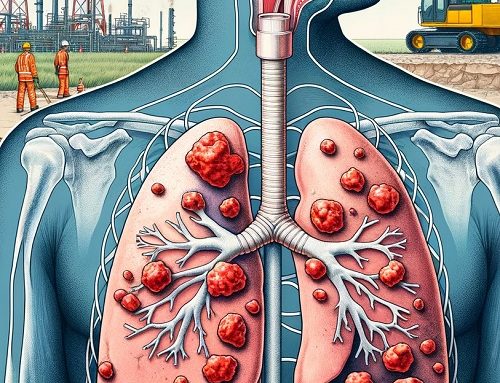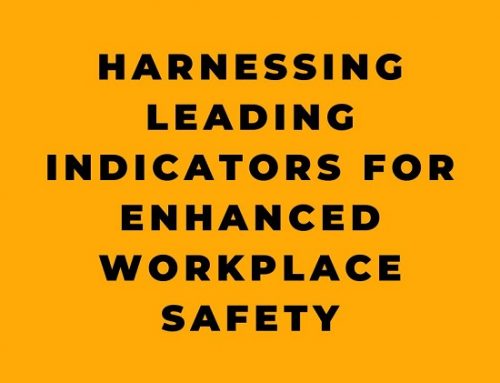Bloodborne Pathogen Encounter Protocol
In compliance with OSHA’s Bloodborne Pathogens regulation (29 CFR 1910.1030), employers must provide immediate, confidential medical assessments and follow-up care for employees who experience exposure incidents, such as needlesticks. An exposure incident involves specific contact with the eye, mouth, mucous membrane, broken skin, or through parenteral means, with blood or other potentially infectious materials (OPIM), as defined by the standard, resulting from the performance of an employee’s duties.
Alerting Authorities of Exposure Incidents
Exposure incidents ought to be reported promptly to the employer, as they may lead to infection with hepatitis B virus (HBV), hepatitis C virus (HCV), human immunodeficiency virus (HIV), or other bloodborne pathogens. When an employee reports an exposure incident immediately, it allows the employer to organize a swift medical evaluation for the employee. Rapid reporting is essential for initiating immediate interventions to address potential infection and to help the employee avoid transmitting bloodborne infections to others. Furthermore, the employer must promptly evaluate the circumstances surrounding the exposure incident to identify ways of preventing similar situations from happening again.
Reporting is also crucial because part of the follow-up involves identifying the source individual, unless the employer can prove that identification is unfeasible or forbidden by state or local law, and determining the source’s HBV and HIV infectivity status. If the status of the source individual is unknown, the employer must test the source’s blood as soon as possible, provided the source individual consents. If the individual refuses, the employer must establish that legally mandated consent cannot be obtained. If state or local law permits testing without the source individual’s consent, the employer must test the individual’s blood if available. The test results must be shared with the exposed employee, who must also be informed of laws and regulations regarding disclosing the source’s identity and infectious status.
Medical Assessment and Follow-up
Care If an employee experiences an exposure incident, the employer must provide immediate, confidential medical evaluation and follow-up care. This evaluation and follow-up must be: available at no cost to the employee and at a reasonable time and place; conducted by or under the guidance of a licensed physician or another licensed healthcare professional; and in line with the U.S. Public Health Service (USPHS) recommendations current at the time the procedures occur. Additionally, laboratory tests must be performed by an accredited laboratory and must be free of charge to the employee. An employee who participates in a post-exposure evaluation and follow-up may consent to have their blood drawn to determine a baseline infection status, but can also choose to withhold consent for HIV testing at that time. In this case, the employer must ensure the employee’s blood sample is preserved for a minimum of 90 days in the event the employee changes their mind regarding HIV testing.
When medically indicated, post-exposure prophylaxis for HIV, HBV, and HCV must be provided to the exposed employee according to the current U.S. Public Health Service recommendations. The post-exposure follow-up must include counseling the employee about potential implications of the exposure and their infection status, including the results and interpretation of all tests, and how to protect personal contacts. The follow-up must also evaluate reported illnesses that could be related to the exposure.
Healthcare Professional’s Written Opinion
The employer must obtain and supply the employee with a copy of the evaluating healthcare professional’s written opinion within 15 days of completing the evaluation. According to OSHA’s standard, the written opinion should only include: whether the hepatitis B vaccination was recommended for the exposed employee; whether the employee received the vaccination; and confirmation that the healthcare provider informed the employee of the evaluation results and any medical conditions resulting from exposure to blood or OPIM that necessitate further evaluation or treatment. No other findings should be included in the written report.
Additional Resources For further information, visit OSHA’s Bloodborne Pathogens and Needlestick Prevention Safety and Health Topics web page at:
https://www.osha.gov/bloodborne-pathogens
References:


